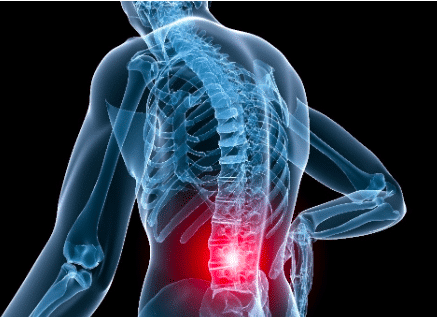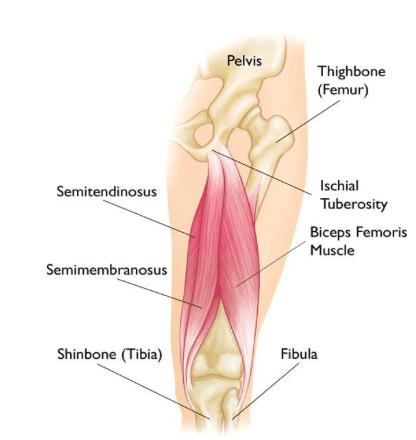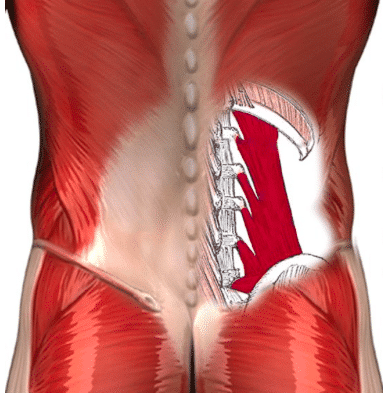Do Tight Hamstrings Cause Low Back Pain?
Written By: Dr. Nicole Willis, PT, DPT, SFMA-C
Low back pain is one of the most common ailments among adults. In fact, 8 out of 10 American adults will experience low back pain at some point in their lives. The high prevalence of low back pain is largely due to the vast array of possible contributing factors. Although hamstring flexibility is commonly associated with low back pain, it is only one of many causes. Nonetheless, it is important to understand the association of tight hamstrings, lower back musculature, and low back pain.

Why are we concerned about the hamstrings?
The hamstrings are a group of 3 muscles in the back of the thigh. These muscles include the biceps femoris, semitendinosus, and semimembranosus. The hamstrings work together to extend the hip and flex the knee. Lower back pain associated with tight hamstrings usually presents as tightness around the belt-line that feels symmetrical on both sides.
The origin of the hamstrings is what we must consider when talking about low back pain. The hamstrings originate on the ischial tuberosity of the pelvis (aka the “sit bones”). When the hamstrings are tight, it causes the pelvis to tilt posteriorly. The pelvis and the lumbar vertebrae function in a coupled fashion so when the pelvis tilts posteriorly, the vertebrae in the lumbar spine are forced to flex forward. This causes increased stress and strain on the pelvis, lumbar spine, and surrounding musculature – including the quadratus lumborum.
How does the quadratus lumborum contribute to low back pain?
The quadratus lumborum is a deep stabilizer of the lumbar spine. This muscle originates on the iliac crest and inserts onto L1-L4 lumbar vertebrae and the lowest rib. The function of the quadratus lumborum is to extend, stabilize, and laterally flex the lumbar spine. It also helps to “hike” the hip and aids in breathing.
When the hamstrings are tight, the pelvis is tilted posteriorly, and the lumbar spine is flexed forward – the strain on the quadratus lumborum increases. This muscle becomes overworked by constantly trying to extend the spine out of its forward flexed position. As a result, this causes deep aches and tightness and becomes a big contributor in chronic low back pain.
Tight Hamstrings Conclusion
So to answer the original question – yes tight hamstrings can cause low back pain. However, simply stretching the hamstrings is not always the solution. Low back pain may also be coming from the secondary effects tight hamstrings play on the quadratus lumborum muscle. An overworked and over strained quadratus lumborum requires more than hamstring stretching to mitigate symptoms of low back pain.
We must discover why this happens in order to take a multi-directional approach to combat low back pain. This is when a physical therapy evaluation can help! Depending on your individualized evaluation, we will be able to identify the root cause of your symptoms and get you feeling better faster. If these symptoms relate to your condition, a plan of care should include hamstring stretches, back extensor strengthening exercises, core and lumbopelvic stability exercises and movement pattern retraining.
If you are experiencing hamstring tightness with low back pain, below are some exercises that can help get you started.
Bonus Exercises
This exercise will help improve the neurodynamic mobility of the sciatic nerve to help reduce hamstring and calf tightness.
This exercise is a progression of the exercise above to help improve the sciatic nerve and hamstring mobility.
This is an advanced core exercise that will help to load and strengthen the quadratus lumborum. Be sure to perform this exercise on both sides.
Check out the rest of our videos on Instagram to find more exercises to help combat low back pain. If you are interested in learning more, contact Symmetry Physical Therapy for a complimentary 15 minute consultation with a Doctor of Physical Therapy!


